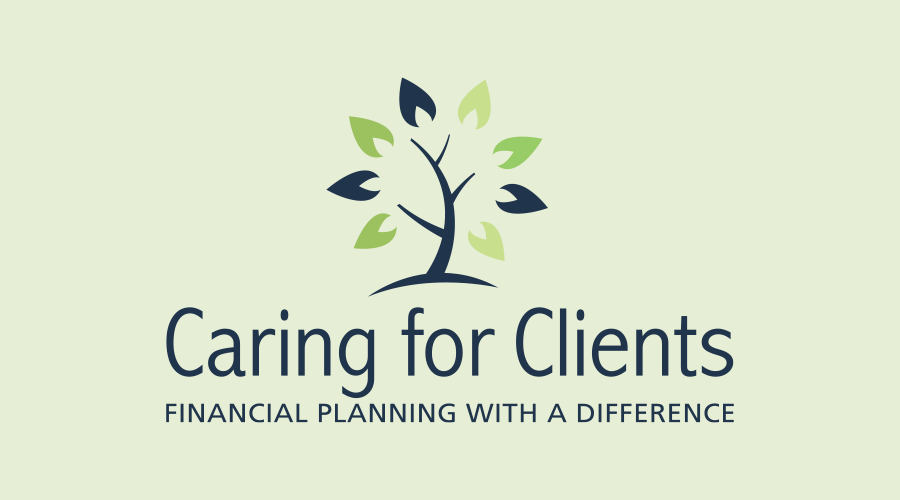Royal Bank’s latest housing survey found that one-third of Canadians who are 55 or older have at least 16 years left on their mortgage term. That reality doesn’t line up with the average Canadian’s desire to be mortgage free by age 65.
The survey was picked up by the major media and splashed across both print and online news outlets.
Claude Demone, RBC’s director of strategy for home equity financing stated the obvious, “Canadians want to be mortgage-free as they approach retirement age and beyond, but the reality is that it takes prudent planning and the right advice to stay on track.”
My father forwarded the article to me. He regularly sends me information that he thinks would be of interest to his financial planning daughter. My response to him on the article about the RBC report was,
“It’s a real problem….and the banks are not helping”.
He asked, “How are the banks getting in the way?”
My answer to him was:
In spite of what the banks say in the media, I see what they do in practice every day.
1. Encourage people to borrow more than they can afford
2. Approve amortizations that are too long
3. Encourage the use of home equity lines of credit vs. mortgages
This is how I see the above playing out in my practice daily.
Over-borrowing
The banks will approve credit based on a simple formula called “Total Debt Service Ratio” (TDSR). If your total monthly debt payments (mortgage, loans, credit cards, lines of credit) divided by your monthly before tax income is less than 40% that is acceptable. This assumes that your credit history is good and that you live in a perfect world.
There is little or no consideration for whether you are:
- Saving enough for retirement
- Saving enough for your children’s education
- Adequately insured for disability or death
- In a position to have enough money left over to pay for other ongoing expenses like home repairs, supporting aging parents, a new car etc., etc.
The bottom line is that it is generally not a good idea to borrow as much as you qualify forif it puts other important financial priorities at risk.
Extended amortizations
Mortgage amortizations are typically based on current interest rates. I gave an example of how a modest increase in interest rates can blow up your repayment strategy in a prior blog posting here.
“Never out of debt” lines of credit
There is a trend towards the banks encouraging home equity lines (HELOC) of credit instead of conventional mortgages. The theory is that a HELOC provides greater flexibility to deal with fluctuating income and expenses by only requiring interest only payments. The theory is sound, but for the majority of Canadians the result is slower (or no) progress on reducing the principal outstanding. Why? Because life is imperfect and invariably, an event will occur that will interfere with your ability to reduce principal. Worst of all, the banks have your house as security for the debt, so they win even if you make no progress towards your debt retirement objective.
So, what are some solutions?
- Consider all of your financial goals, not just your home ownership goals, when determining how much you are prepared to borrow.
- Do your own cash flow analysis and be sure to include expenses that only arise from time to time as opposed to on a monthly basis. Make sure to include room for savings at a level that will meet your long term retirement objectives. If you are not sure what that amount is, try out an online calculator or ask your financial advisor.
- If buying real estate, make sure that your real estate agent knows clearly what you upper price limit is and don’t waver!
Being mortgage free takes planning. Make sure that you are in charge of the plan, not the banks.
This information is of a general nature and should not be considered professional advice. Its accuracy or completeness is not guaranteed and Queensbury Strategies Inc. assumes no responsibility or liability.

